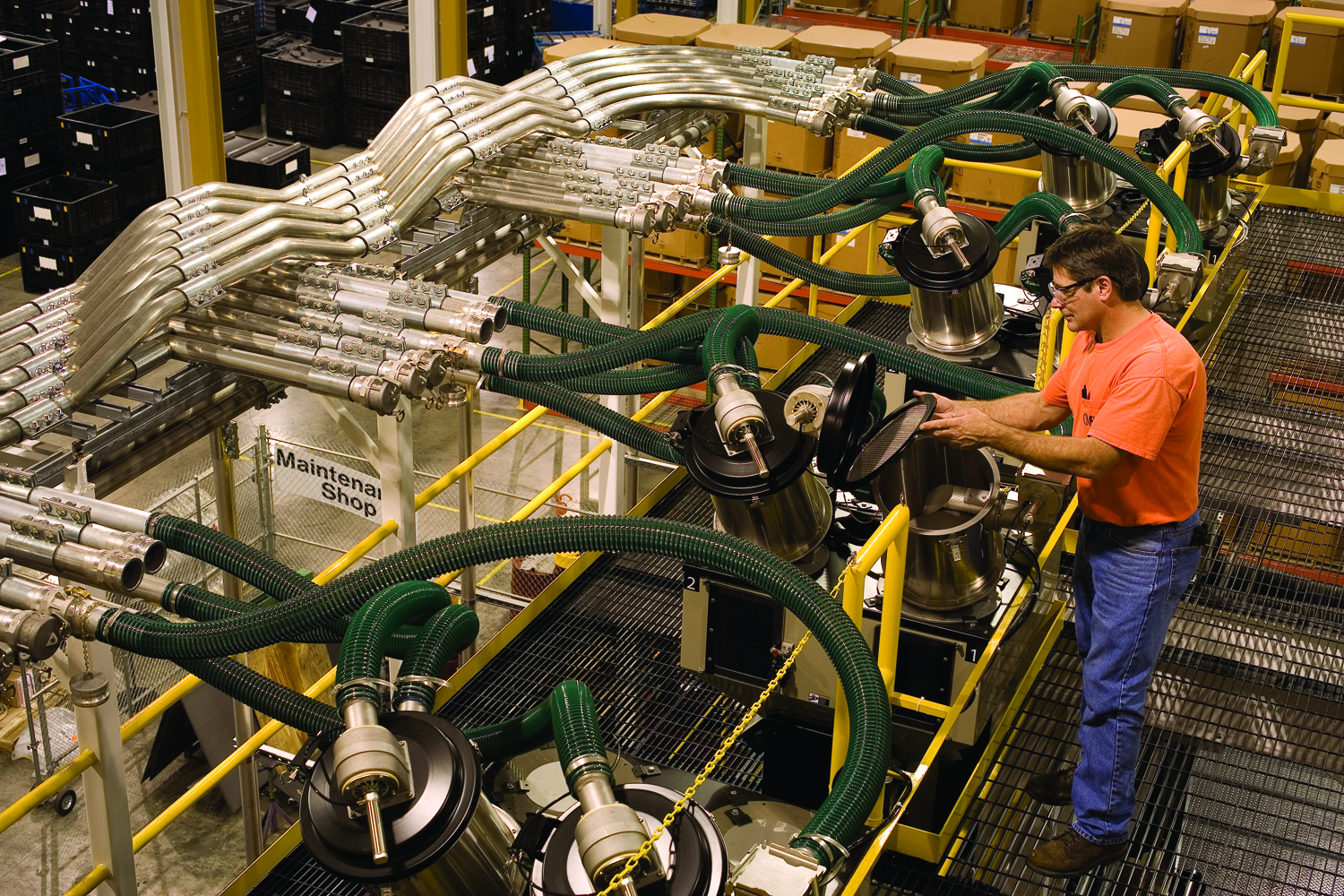 Chris Molineaux has worked in some of the most intense and highly scrutinized business environments in the world. They also happened to be the most rewarding, which is why the biosciences veteran and former White House press corps liaison seems to be the perfect choice to continue growing the industry throughout the Keystone State as president of Pennsylvania Bio.
Chris Molineaux has worked in some of the most intense and highly scrutinized business environments in the world. They also happened to be the most rewarding, which is why the biosciences veteran and former White House press corps liaison seems to be the perfect choice to continue growing the industry throughout the Keystone State as president of Pennsylvania Bio.
Molineaux, who took over for the successful and popular Mickey Flynn in the spring, brings a rare combination of corporate, government and trade association experience to the only statewide biosciences group in PA. He most recently served as worldwide vice president of pharmaceutical communication and public affairs for Johnson & Johnson after starting with the global giant as a VP of corporate communications at Centocor. Prior to that, Molineaux served as VP of public affairs at the Pharmaceutical Research and Manufacturers Association, for which he worked on many critical issues, like the passage of the prescription drug benefit (Medicare Part D). The Long Island, N.Y., native also worked on public awareness campaigns for the Blue Cross and Blue Shield Association. Perhaps most notably, Molineaux was a public affairs exec for both the federal Departments of Health and Human Services and Agriculture and on the White House staff of President George H. W. Bush.
Molineaux will be charged with strengthening, expanding and stimulating Pennsylvania Bio’s membership, which numbers about 390 and more than doubled under Flynn’s leadership. He talked with Keystone Edge about how his past experiences can lead to success in his new role and the emerging challenges and opportunities for PA’s biosciences sector.
Keystone Edge (KE): How do you feel your previous roles have prepared you for this one?
Chris Molineaux (CM): Each of my different jobs throughout my career has had a different type of communication orientation. When I was in the White House and then in the Department of Health and Human Services in the Bush (41) administration, it was about positioning the President, policy position and opinions. When I moved to the Blue Cross and Blue Shield Association, there I was positioning the value of a brand and it almost was a marketing type of role. When I was in pharmaceuticals, it was all about public policy and how to effectively shape it with opinion leaders and regulators. When you move to a company you have all those different elements, you have to position the company and products, you have management issues, the community relations piece of it, and internal communications–employee morale and motivation–is a big piece, particularly in a big company like Johnson & Johnson. The fundamentals are knowing what’s the right message, right audience and right vehicle to reach the right audience.
KE: How might you be different or the same as your predecessor at Pennsylvania Bio?
CM: It’s important to point out Mickey and I have been aligned on the direction of the association and the value we should bring to the biosciences community. Where I think we’re complementary is we bring different strengths to different stages of evolution of the industry. Go back eight years when Fritz Bittenbender was president–he had a heavy advocacy background, was a staffer for former Governor Ridge, and really built the reputation of our association. When Mickey became president, he had a sales and marketing background and is very convivial and he built the membership of the association. That growth in membership supports advocacy and public policy activity. What I want to do is continue to build on those two strengths and look for ways to take that historical perspective of the association into a new business model of the bioscience industry. What I bring to the table that is different is more recent experience being involved with a member company, knowing what companies are grappling with.
KE: What would you consider one of your biggest priorities?
CM: There are thousands of employees that have been displaced from big pharma in the last 18 months. Of those, there’s a disproportionate share in Southeast PA. It’s a hotbed of talent but unfortunately it was hit the hardest of any region (maybe Boston or San Diego are comparable). Because of the contraction of the industry and mergers and acquisitions, the industry model is changing. More and more services are being outsourced whenever possible. Sales organizations are being outsourced, clinical development and nonstrategic functions like HR, those can be done anywhere. Companies are shedding employees and the first thought is that’s bad, but there’s also an opportunity for a whole new sub-industry or related industries popping up to provide those outsourced services. There’s a huge increase in contract research organizations, contract manufacturing, and even clinical research organizations are growing. Now what you see is a cottage industry of management teams. Consultants have started their own businesses to help manage the outsourcing on behalf of pharma.
We’ve got hundreds, possibly thousands of displaced scientists from big pharma who are highly talented with incredible expertise. They could theoretically take assets off the shelves at pharma companies and universities and build companies around them if they can get connected to investment dollars. My 10-person staff and I aren’t going to be the solution for those displaced scientists, but if we can pull together different stakeholders, we can be a catalyst for spawning new companies.
KE: How can biotech help strengthen PA’s biosciences reputation?
CM: From a scientific perspective, biotech has a tremendous opportunity to make contributions to human health. Some of the largest, most successful biotech compounds come out of PA, and that ranges from vaccines to highly complex antibodies. Biotech products typically go after the underlying cause of disease and can be much more targeted in treatments. We’ll be able to identify which patient will respond to a treatment more successfully than another. As of 2008, pharma products worked about 30 percent of the time on patients and payors are being asked to pay 100 percent of the time. Would you ever buy a car that worked only 30 percent of the time? But biomarkers and other diagnostic tools narrow down the target list so patients have a much higher chance of success. In addition to providing better treatments, biotech products will help lower overall healthcare costs because of their potential to reduce hospital stays and prevent expensive and painful surgeries.
There is going to be a lot more reliance on specialty care and a lot of these biotech products have to be administered by a healthcare practitioner or physician because they’re much more complex products. That requires ongoing education, and a lot of these products have multiple indications. There is also the capital-intense nature of biotech. When you think of traditional pharmaceuticals, they’re chemically synthesized products and you turn up the machine if you need more pills. With biologics, these are living organisms you have to grow. You can’t just turn up the machines. You have to build more infrastructure and that costs money. With the recent healthcare reform bill signed by the President in March, there is now an approval pathway for creating biosimilars, and it remains to be seen what kind of impact that will have.
Joe Petrucci is managing editor of Keystone Edge. Send feedback here.
To receive Keystone Edge free every week, click here


